AI Art: Crushing Boundaries or Killing Creativity?
Introduction
In an age where technology, especially AI, has permeated every sphere of human endeavor, it’s essential to ask: Is AI in the domain of art breaking new ground or stifling human creativity? As AI permeates the art world, giving rise to AI art and AI prints, the answer to this question becomes increasingly critical. In this blog, we’ll explore the impact of AI on art and creativity, focusing on understanding AI art and its potential role as a boundary crusher.
Understanding AI Art
What is AI Art?
AI art, or Art created with artificial intelligence, has become a growing field of interest for many artists, collectors, and enthusiasts. Leveraging complex algorithms and machine learning, AI art represents a new frontier in creativity. But, how is AI art generated? A detailed account of the process can be found on our site here.
The Evolution of AI Art
From its inception, AI art has evolved remarkably. This journey has been marked by remarkable achievements, with AI art even finding a place in distinguished galleries and auctions. Today, AI art prints, created from photos via AI art generators, are readily available for anyone to own. This trend, too, is well detailed in this blog post.
-
LeBron James
Art Prints $160.00 – $200.00Buy now This product has multiple variants. The options may be chosen on the product page -
US President 44
Art Prints $160.00 – $200.00Buy now This product has multiple variants. The options may be chosen on the product page -
US President
Art Prints $160.00 – $200.00Buy now This product has multiple variants. The options may be chosen on the product page
AI Art as a Boundary Crusher
AI: A Tool to Enhance Human Creativity
AI has the potential to serve as a tool for amplifying human creativity. By introducing a new layer of possibilities for the artistic process, it enables artists to push their boundaries and explore novel concepts. For example, artists are now using AI art generators to convert photos into artistic renditions, providing a unique perspective on otherwise conventional images. This blog post delves into how artists are utilizing AI for innovative art.
AI as a New Medium
In the vein of previous technological advancements like photography and digital art, AI presents itself as a new medium in the field of art. AI’s novel techniques and aesthetics open doors to a new realm of creative expression. If you’re interested in understanding how AI mimics the creative process of a traditional artist, this objective analysis of AI canvas prints is worth a read.
Democratizing Art Creation and Appreciation
One significant benefit of AI in the field of art is its potential to democratize the art world. AI art generators allow anyone to convert photos into art, lowering barriers to entry and empowering more people to participate in the creative process. Moreover, the ability of AI to generate art prints enables a broader audience to appreciate and own art. This could represent a revolution in the art industry, a point highlighted in this article.
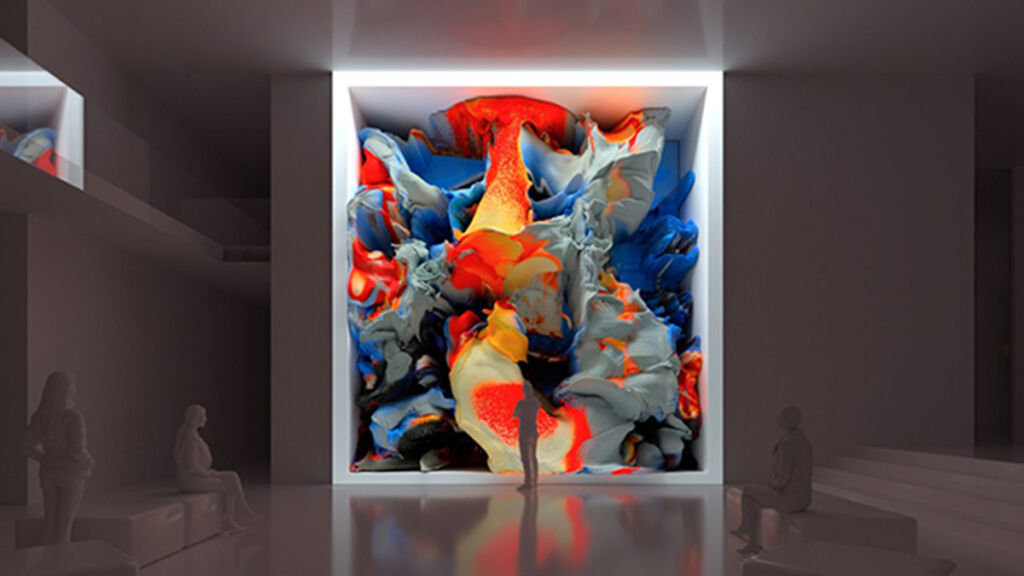
AI Art as a Creativity Killer
The Human Essence of Art
Art is often considered an inherently human endeavor, an expression of our unique consciousness, emotions, and experiences. With AI art, this human essence may be at stake. After all, can a machine truly understand the subtleties of human emotion or the depth of our lived experiences? A thought-provoking discussion on our site elaborates on this perspective.
The Threat of Homogeneity
A significant criticism of AI art is the risk of homogeneity. As AI art generators are programmed to learn from existing trends, they may end up reinforcing these patterns. This could lead to a saturation of similar styles and themes, reducing the diversity that is the lifeblood of the art world. The uniqueness of individual style might get lost in the sea of AI-generated art prints. The concern regarding AI’s potential to enforce homogeneity in art is well-explored here.
Exacerbating Inequality
While AI has the potential to democratize art, there is also a risk of exacerbating inequality. Access to sophisticated AI art generators may not be evenly distributed, leading to a digital divide in the art world. Furthermore, there is a concern that AI art could be exploited for economic gain, leaving behind artists who don’t have access to such technology. We’ve covered this topic in-depth in our blog post.
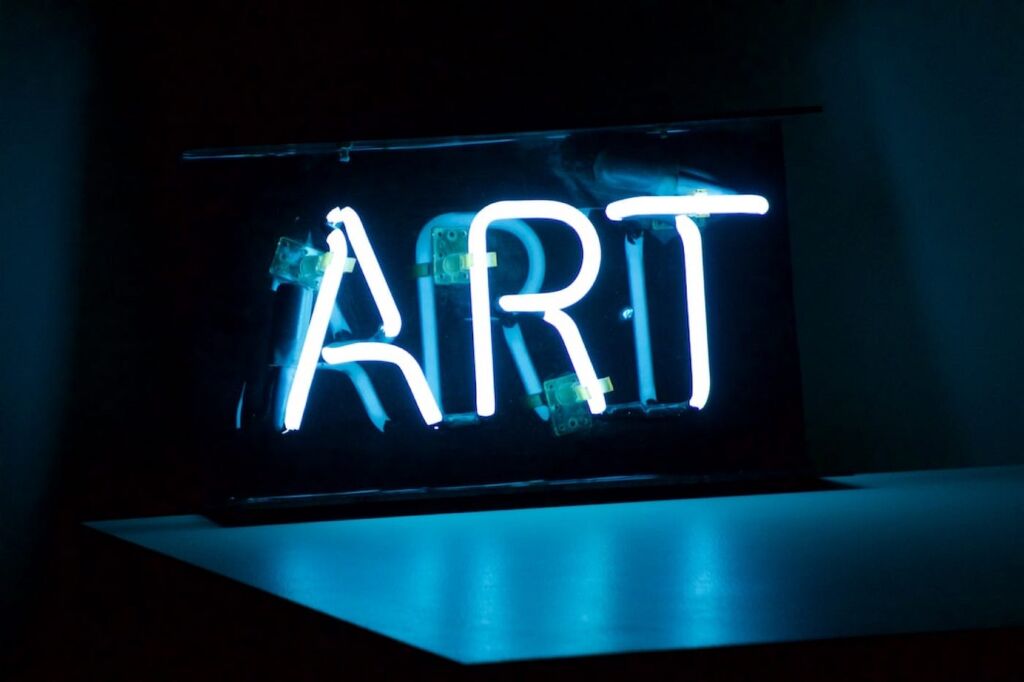
Finding the Balance
Symbiosis Between Human Creativity and AI
While AI art presents challenges, there also exists the potential for a symbiosis between human creativity and AI. Artists can use AI as a tool to push the boundaries of their creativity while maintaining the human touch in their work. This delicate balance is key to ensuring that AI serves as a complement to human creativity, not a replacement.
Policies and Practices
To promote this balance, it’s essential to develop policies and practices that encourage innovation while protecting creativity. This might include ethical guidelines for AI use in art, initiatives to improve access to AI technology, and educational programs to help artists and the public understand AI’s role in art.
The Future of AI and Human Collaboration in Art
Looking ahead, the collaboration between humans and AI in the art world holds significant potential. From AI-assisted art creation to AI-curated exhibitions, the possibilities are endless. For a glimpse into the future of AI and art, read our article here.
Conclusion
In conclusion, AI’s role in art is multifaceted. It can act as a boundary crusher, introducing new techniques, enhancing human creativity, and democratizing art. However, it can also be seen as a creativity killer, with potential risks to the human essence of art, artistic diversity, and equality in the art world.
The key to navigating this complex landscape lies in finding a balance, leveraging AI’s capabilities to enhance and democratize art, while preserving the unique human touch that defines art. The future of art will be shaped by how we navigate this balance. As we continue to explore AI’s role in art, from AI art to AI prints, we invite you to join us in this exciting journey.
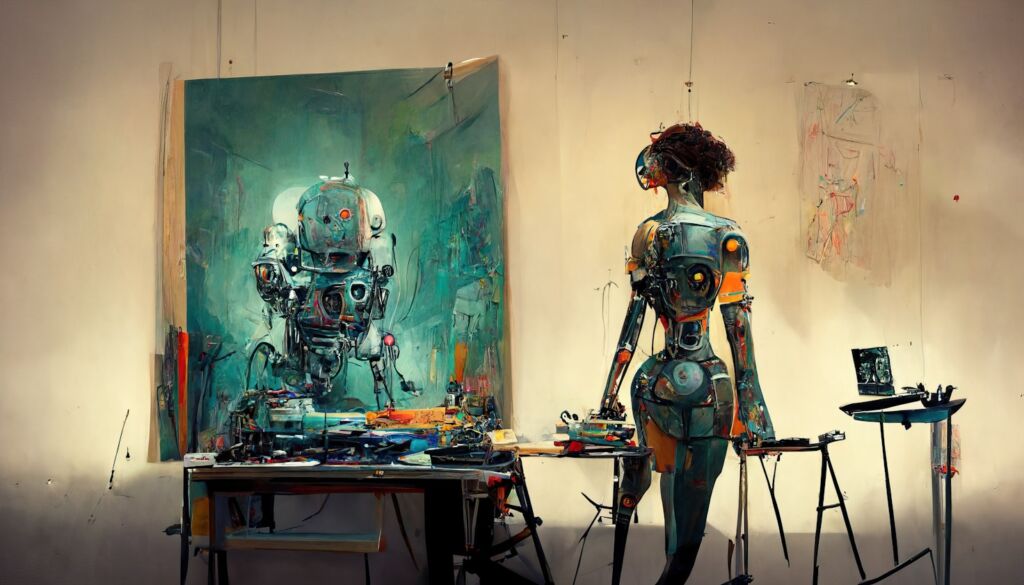
Frequently Asked Questions
-
Does AI destroy creativity?
AI doesn't necessarily destroy creativity. Instead, it presents new challenges and opportunities for artistic expression. The key lies in how it's used - it can either stifle or enhance creativity based on its implementation.
-
How does AI decrease creativity?
Concerns about AI decreasing creativity often stem from the risk of homogeneity. As AI algorithms learn from existing patterns, they might end up reinforcing these, leading to less diversity in art. Also, if relied upon too heavily, AI could inhibit the development of individual style and creativity.
-
Does AI art rip off artists?
AI art doesn't inherently rip off artists. It's a tool that artists can leverage to augment their creativity. However, misuse of AI technology, such as copying or imitating the style of an artist without consent, could potentially lead to ethical and legal issues.
-
What are the negative effects of AI art?
Potential negative effects of AI art include risk of homogeneity, loss of the human touch in art, and exacerbating inequality in the art world.
-
Why is AI art not real art?
The notion that AI art isn't real art is subjective and depends on one's definition of art. Some argue that since art is an expression of human experience, AI, being non-human, can't create real art. Others see AI art as a new medium that pushes the boundaries of creativity and defines a new category of art.
-
Why is AI art controversial?
AI art is controversial due to various reasons, including concerns over creativity, originality, authorship, and the potential for AI to reinforce existing biases in art. The increasing commercial success of AI-generated art has also raised questions about the economic implications for traditional artists.
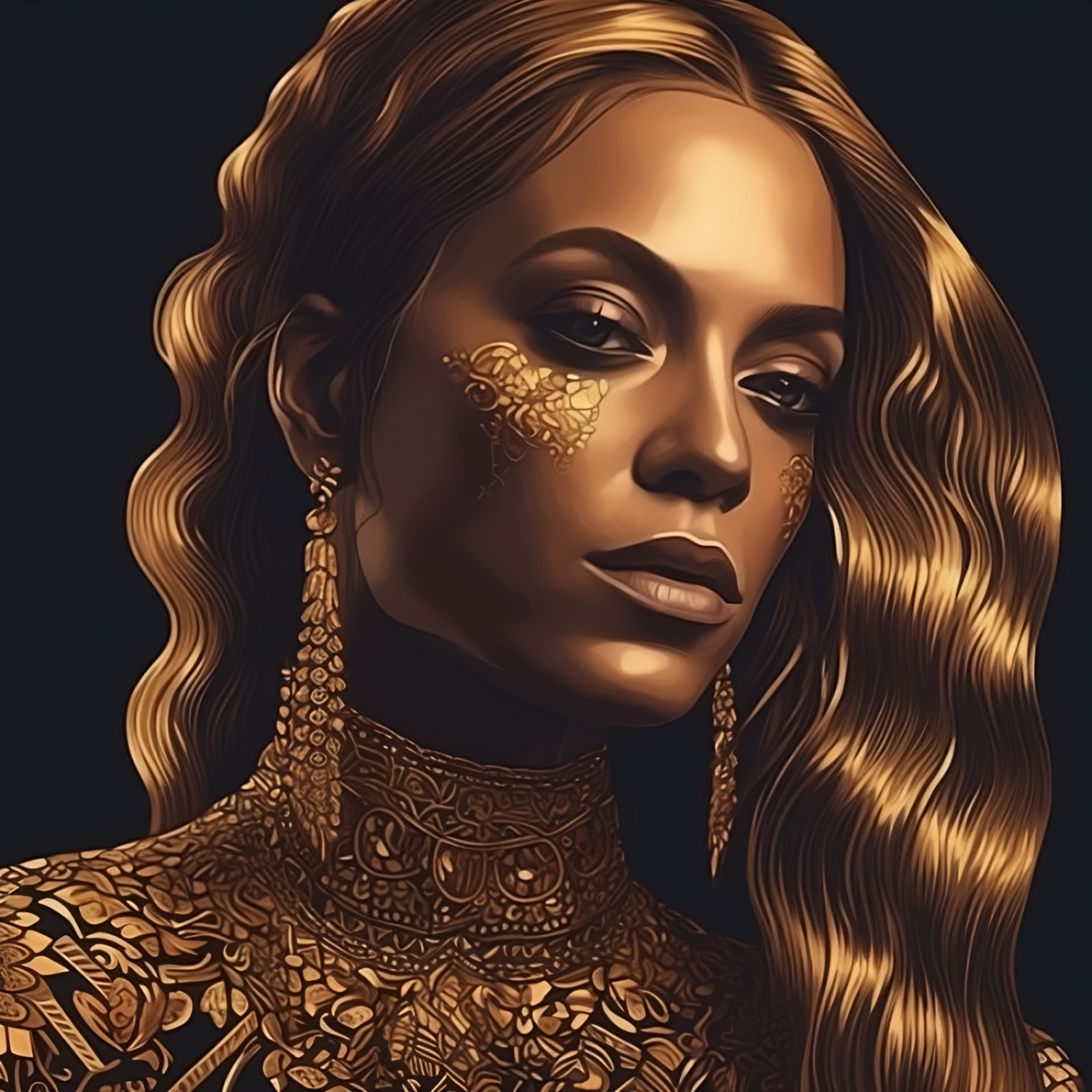

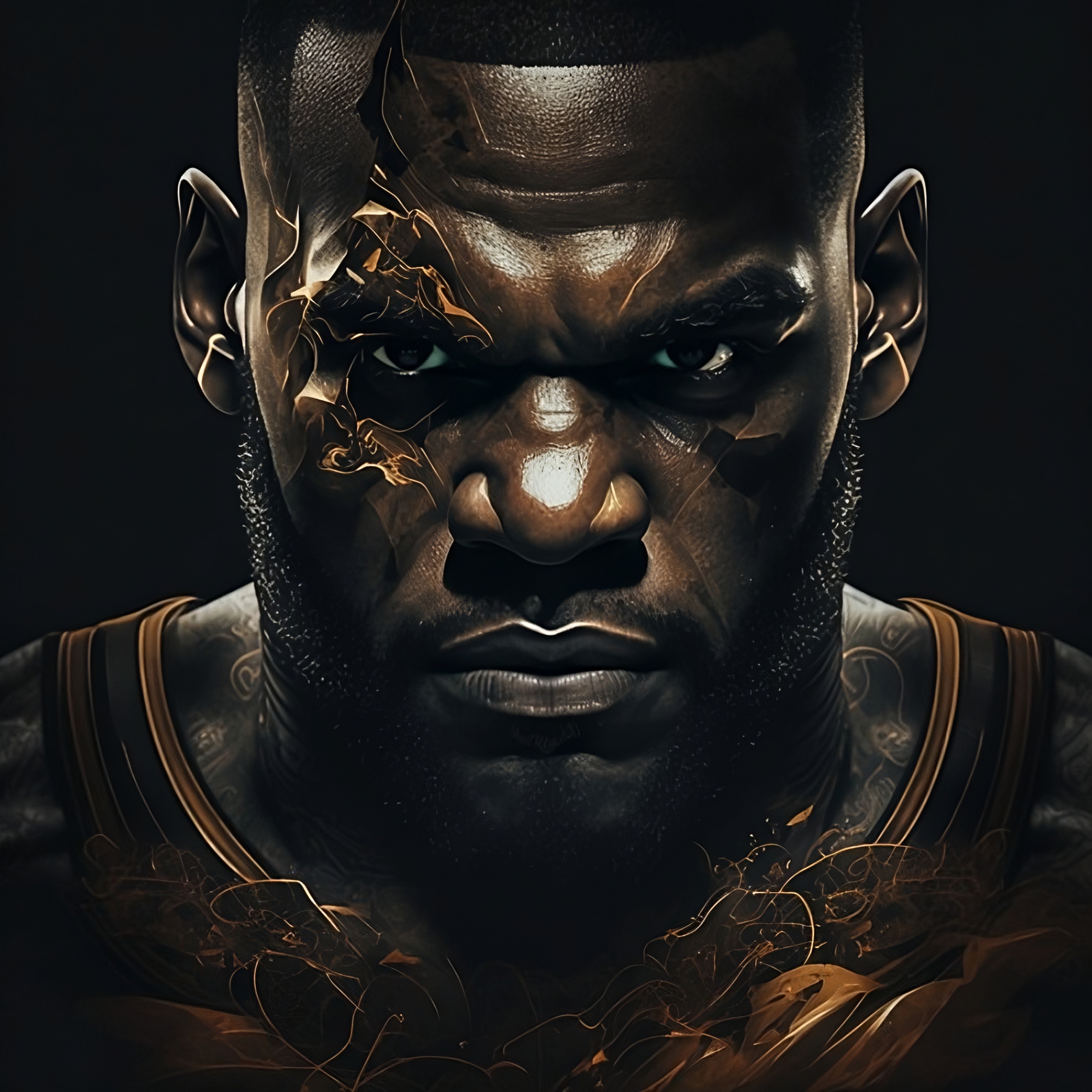

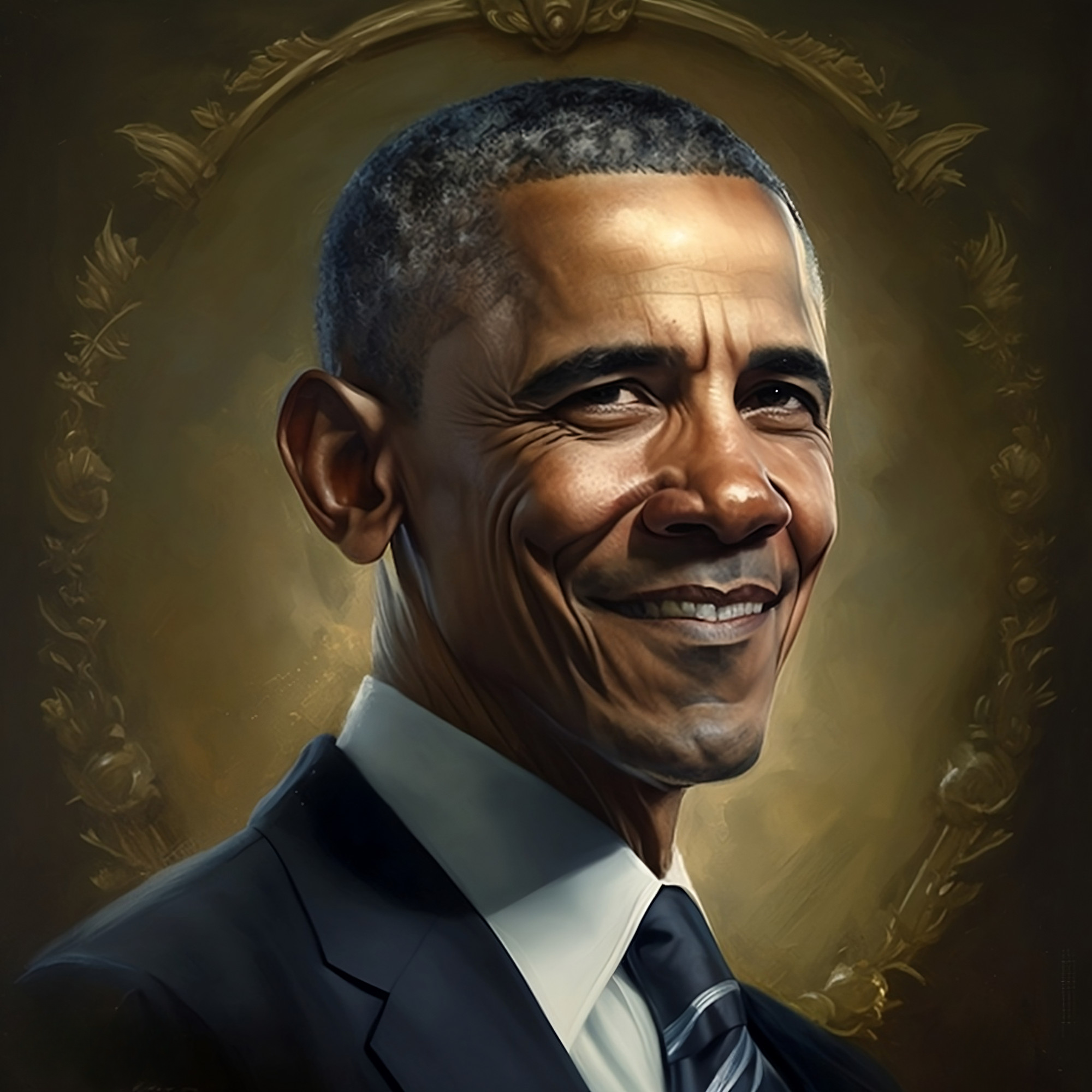

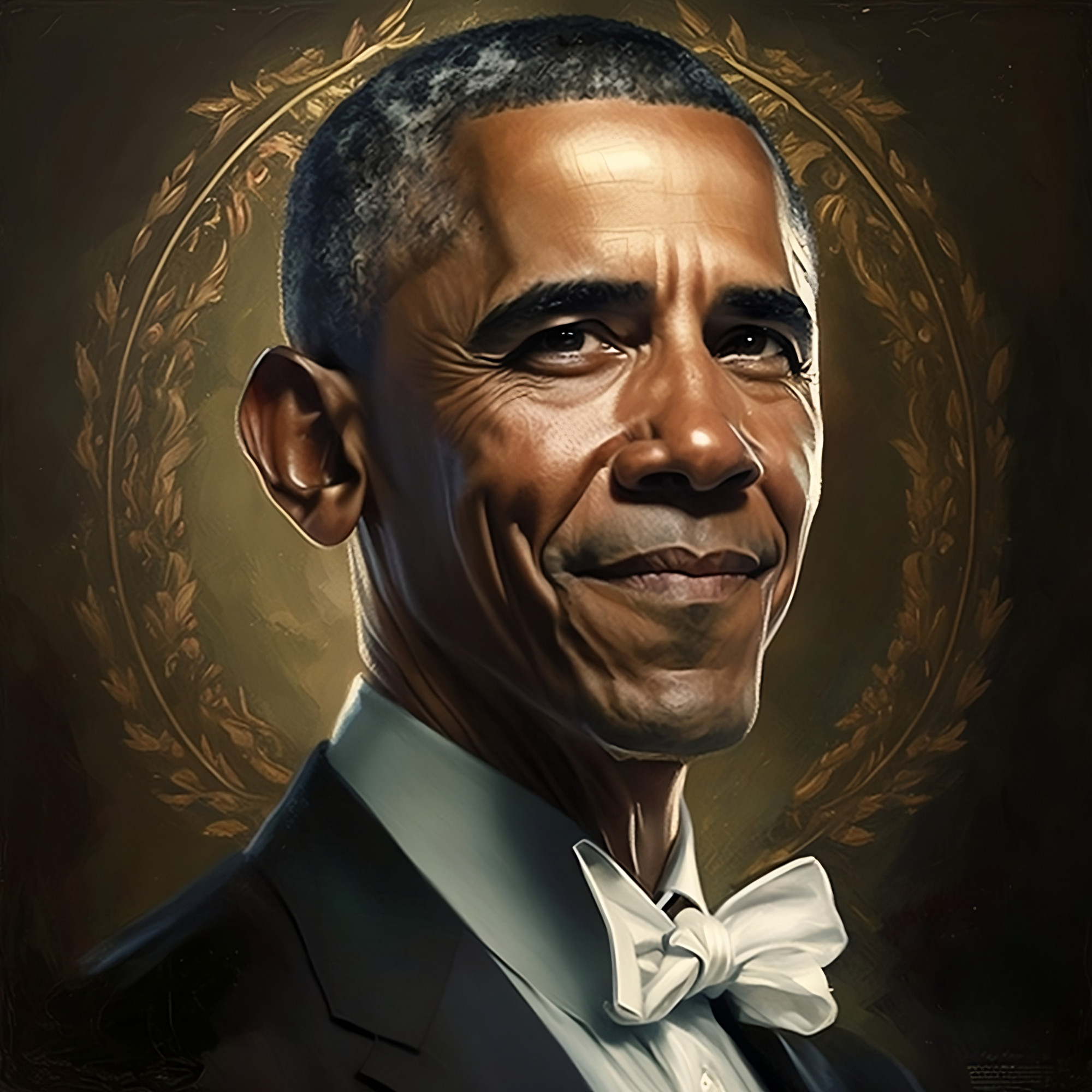
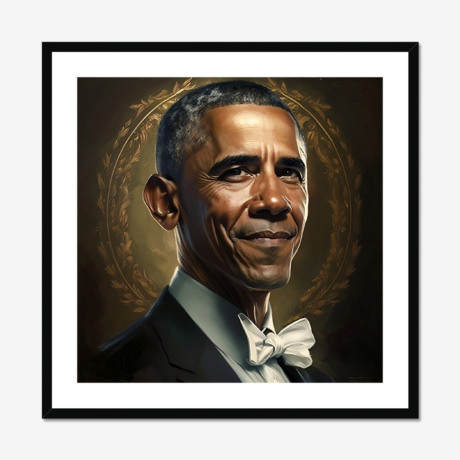
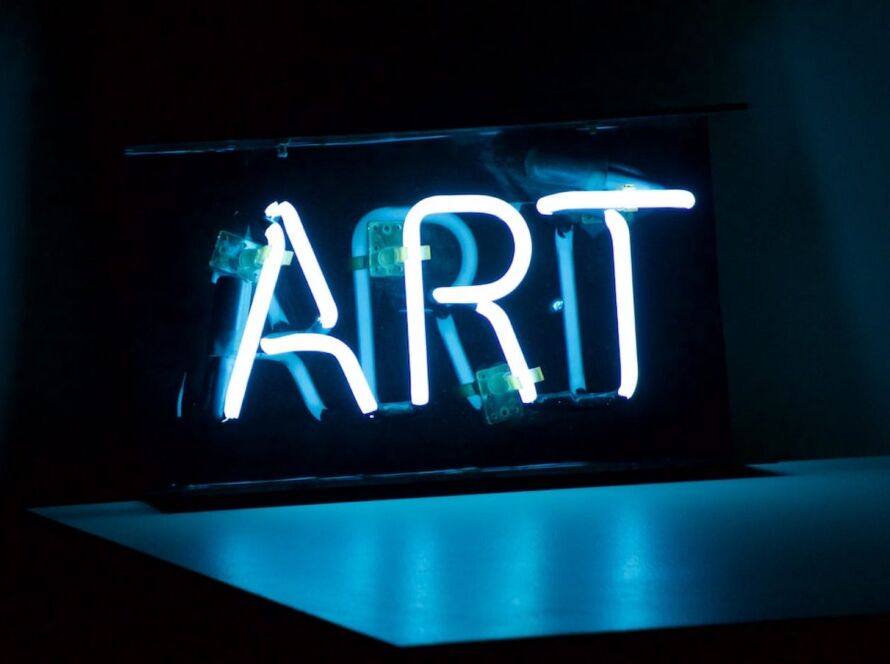
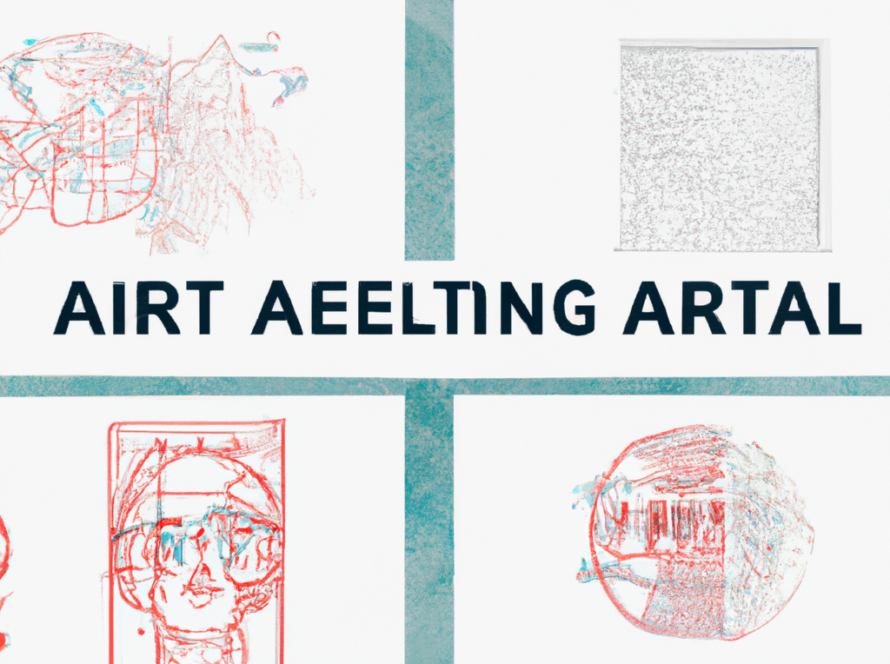
1 Comment